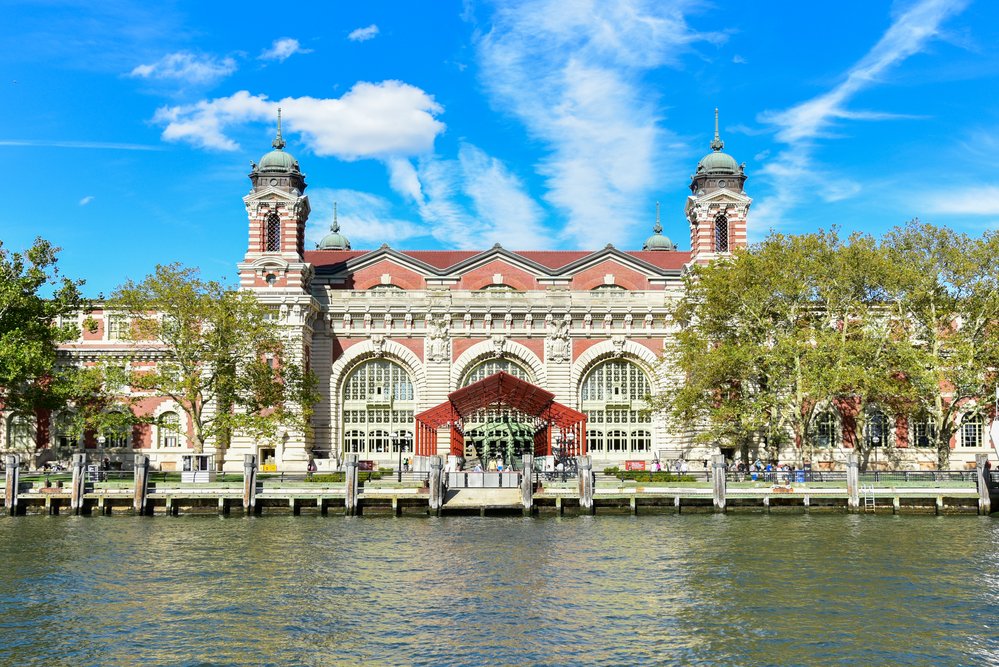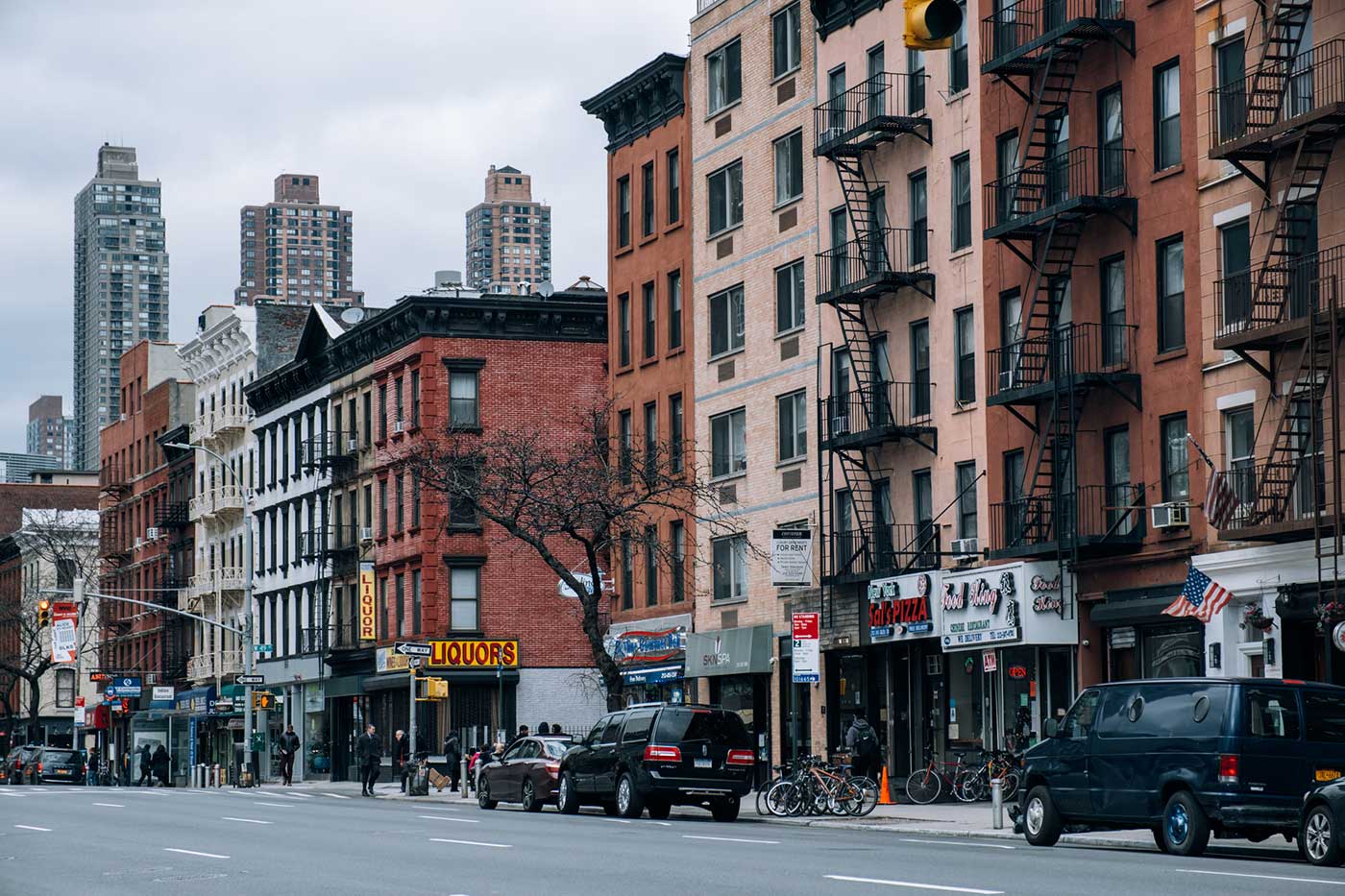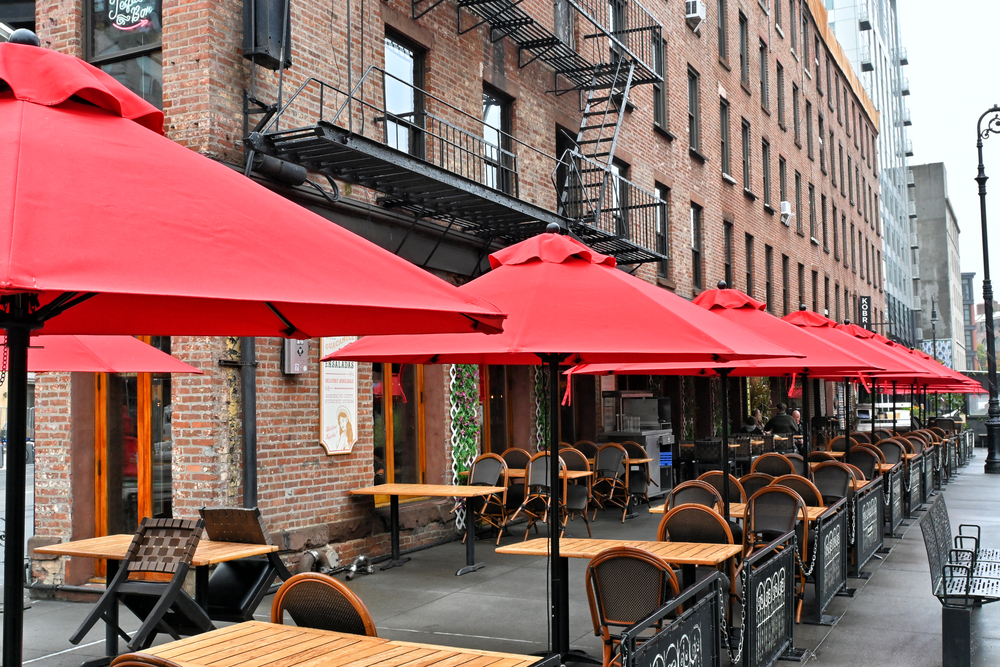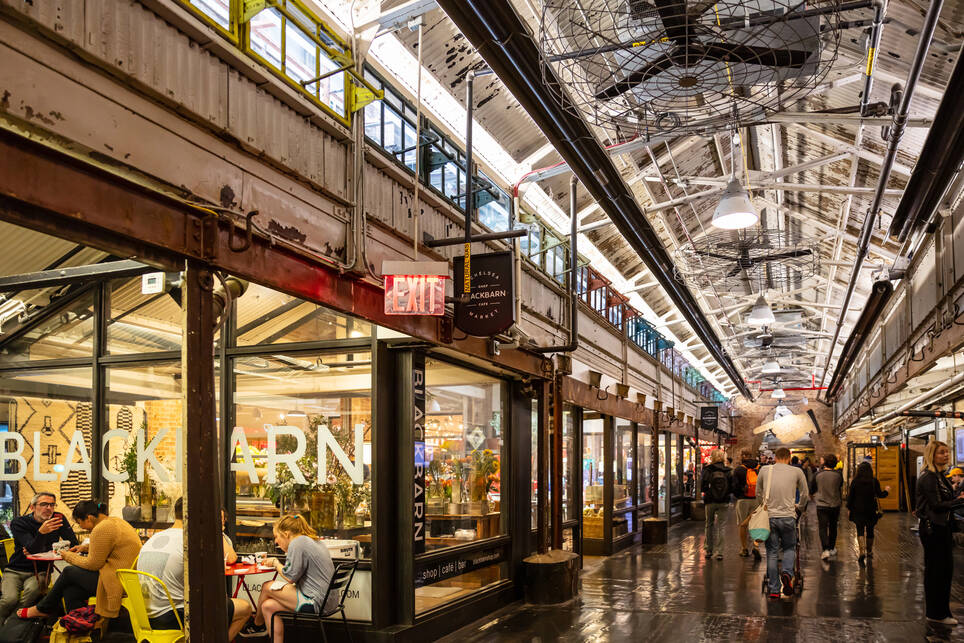Have you ever wondered about the story behind one of the most recognizable landmarks in the world? The Statue of Liberty, standing tall in New York Harbor, is more than just a colossal sculpture; it’s a testament to the enduring friendship between France and the United States, and a powerful symbol of the ideals that define America. The Statue of Liberty: America’s Iconic Symbol of Freedom has inspired countless generations since its dedication in 1886.
Table of Contents
Conceptualization and Design
The Statue of Liberty was conceived by French abolitionist Édouard de Laboulaye in 1865, who proposed a monument celebrating the United States’ commitment to democracy and freedom. Sculptor Frédéric-Auguste Bartholdi designed the statue, envisioning a robed woman holding a torch and a tablet inscribed with the date of the Declaration of Independence.
The statue’s face was modeled after Bartholdi’s mother, and the seven rays of the crown symbolize the seven seas and continents. Engineer Alexandre Gustave Eiffel created the statue’s structural system, while American architect Richard Morris Hunt designed the granite pedestal featuring allegorical figures and inscriptions celebrating liberty.
Fundraising and Construction
Bringing the Statue of Liberty to life was an enormous undertaking that required significant financial support from both the French and American people. In France, public fundraising campaigns, including lotteries and entertainment events, helped to raise the necessary funds for the statue’s construction. The copper sheets used to create the statue’s skin were manufactured by the Gaget, Gauthier & Cie workshop in Paris.
Meanwhile, in the United States, fundraising efforts were initially slow. The American Committee for the Statue of Liberty, led by politician and poet William Maxwell Evarts, struggled to generate public interest and donations. It wasn’t until Joseph Pulitzer, the publisher of the New York World newspaper, launched a highly publicized campaign that the American public truly embraced the project. Pulitzer’s campaign raised over $100,000 from more than 120,000 contributors, most of whom gave less than a dollar.
Construction of the Statue of Liberty began in France in 1875. Bartholdi and his team of craftsmen worked tirelessly to shape the enormous copper sheets into the statue’s final form. The completed statue, standing 151 feet tall, was then disassembled into 350 individual pieces and shipped to the United States aboard the French Navy ship Isère in 1885.
In the United States, construction of the pedestal on Bedloe’s Island (now Liberty Island) was already underway. The pedestal, standing 89 feet tall, required the laying of a massive concrete foundation within the walls of the abandoned Fort Wood. Once the pedestal was complete, the reassembly of the statue began under the guidance of Bartholdi himself. The final rivet was driven into place on October 28, 1886, marking the completion of the Statue of Liberty.
Dedication and Early Years
On October 28, 1886, the Statue of Liberty was officially dedicated in a grand ceremony attended by President Grover Cleveland, French dignitaries, and thousands of spectators. The event began with a parade through the streets of New York City, followed by speeches and the unveiling of the statue. As the French flag draped over the statue’s face was lowered, the crowd erupted in cheers, and the Statue of Liberty officially became a part of the New York Harbor skyline.
In the years following its dedication, the Statue of Liberty began to take on new meanings for the American people. As immigration to the United States soared in the late 19th and early 20th centuries, the statue became a symbol of hope and promise for millions of newcomers seeking a better life in America. The statue’s location on Bedloe’s Island, just a short distance from the Ellis Island immigration station, further solidified its association with the immigrant experience.
Evolution of Meaning and Symbolism
The Statue of Liberty’s symbolism evolved significantly over time, particularly in relation to immigration. In 1903, a bronze plaque bearing Emma Lazarus’s famous sonnet “The New Colossus” was affixed to the pedestal. The poem’s iconic lines, “Give me your tired, your poor, / Your huddled masses yearning to breathe free,” became indelibly linked with the statue and its promise of freedom and opportunity for all.
As the 20th century progressed, the Statue of Liberty became an increasingly potent symbol of American ideals and aspirations. It represented not only liberty and freedom but also democracy, equality, and the pursuit of happiness. For generations of Americans, the statue has stood as a reminder of the nation’s core values and its commitment to upholding them.
The Statue of Liberty’s global recognition as a symbol of the United States has also grown over time. Replicas and images of the statue can be found in countries around the world, serving as a testament to the enduring power of the ideals it represents. Today, the Statue of Liberty is not only an American icon but a universal symbol of freedom and hope.
Renovations and Restorations
Throughout its history, the Statue of Liberty has undergone several renovations and restorations to ensure its structural integrity and preserve its iconic appearance. One of the most significant changes occurred in the early 20th century when the statue’s torch was modified to include glass panes and internal lighting. However, these modifications ultimately proved detrimental to the statue’s structural integrity.
In the 1980s, as the Statue of Liberty approached its centennial anniversary, a major restoration effort was undertaken. The statue was closed to the public for two years while a team of engineers, architects, and craftsmen worked to repair and restore its exterior and interior. The most notable change was the replacement of the original torch with a new, copper-clad replica that more closely resembled Bartholdi’s original design.
The restoration also included repairs to the statue’s copper skin, the replacement of corroded iron components with stainless steel, and the installation of a new elevator and emergency staircase within the pedestal. These improvements not only ensured the statue’s structural stability but also enhanced the visitor experience for generations to come.
Visiting the Statue of Liberty
Each year, millions of visitors from around the world come to New York Harbor to experience the Statue of Liberty firsthand. The statue is located on Liberty Island, which is accessible only by ferry from Battery Park in Manhattan or Liberty State Park in New Jersey. Visitors can purchase tickets to access the island, the statue’s pedestal, and even the crown, although crown access is limited and must be reserved in advance.
In addition to the Statue of Liberty itself, visitors can explore the Statue of Liberty Museum, which opened on Liberty Island in 2019. The museum offers a comprehensive look at the statue’s history, design, and cultural impact through interactive exhibits and artifacts, including the statue’s original torch.
Visitors can also take a short ferry ride to nearby Ellis Island, which served as the nation’s busiest immigration station from 1892 to 1954. The island’s museum, housed in the former immigration station complex, tells the stories of the millions of immigrants who passed through its doors in search of a new life in America.

Dining Near the Statue of Liberty: Sesamo and More
If you’re looking for a great dining experience near the Statue of Liberty, there are several excellent options to choose from. Our top recommendation is Sesamo, a charming Italian restaurant located just a short walk from the ferry terminal in Battery Park. Known for its authentic Italian cuisine, warm atmosphere, and friendly service, Sesamo is a favorite among both locals and visitors. Other notable nearby restaurants include The View at Battery Park, which offers stunning views of the Statue of Liberty and New York Harbor, and Gigino at Wagner Park, a casual Italian eatery with outdoor seating and a menu that features fresh pasta, brick-oven pizza, and homemade gelato.

Cultural Impact and Legacy
The Statue of Liberty’s influence extends far beyond its physical presence in New York Harbor. It has become an indelible part of American popular culture, appearing in countless films, television shows, books, and songs. From Alfred Hitchcock’s classic thriller “Saboteur” to the dystopian future of “Planet of the Apes,” the statue has served as a powerful visual symbol of American ideals and their endurance in the face of adversity.
The statue’s image has also been used to promote a wide range of causes and products, from war bonds during World War I to the Olympic torch relay. Replicas of the statue can be found in cities around the world, including Paris, France; Tokyo, Japan; and Las Vegas, Nevada, each serving as a testament to the global reach and enduring power of the ideals it represents.
As the Statue of Liberty enters its second century as an American icon, its legacy continues to inspire and evolve. It remains a powerful symbol of freedom, democracy, and the promise of a better life for all who seek it. For generations of Americans and people around the world, the Statue of Liberty has stood as a beacon of hope and a reminder of the universal human yearning for liberty and justice.
Conclusion
The Statue of Liberty’s story is one of perseverance, generosity, and the enduring power of an idea. From its conception in the minds of Édouard de Laboulaye and Frédéric-Auguste Bartholdi to its construction and dedication through the efforts of countless French and American supporters, the statue has stood as a testament to the unwavering spirit of liberty.
Today, as America continues to grapple with the challenges of the 21st century, the Statue of Liberty remains a powerful symbol of the nation’s ideals and aspirations. It reminds us of the sacrifices and achievements of those who came before us and the ongoing struggle to create a more perfect union.
As you gaze upon the Statue of Liberty, whether in person or through the countless images and replicas that have made it an international icon, remember the words inscribed on its pedestal: “Give me your tired, your poor, / Your huddled masses yearning to breathe free.” These words, and the statue that inspired them, continue to call us to live up to our highest ideals and to work towards a world where liberty and justice are truly the birthright of all.





